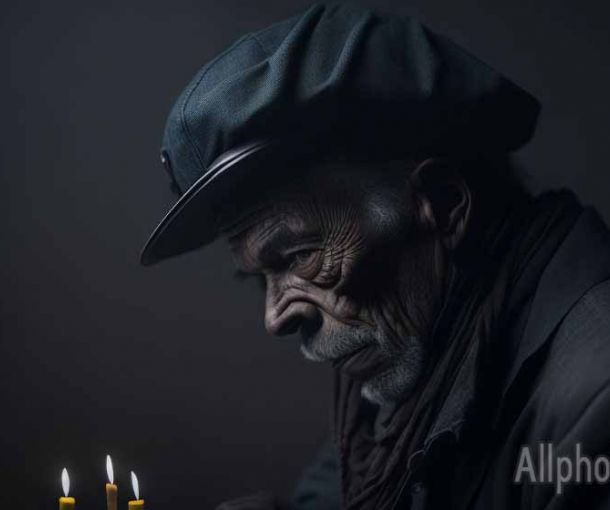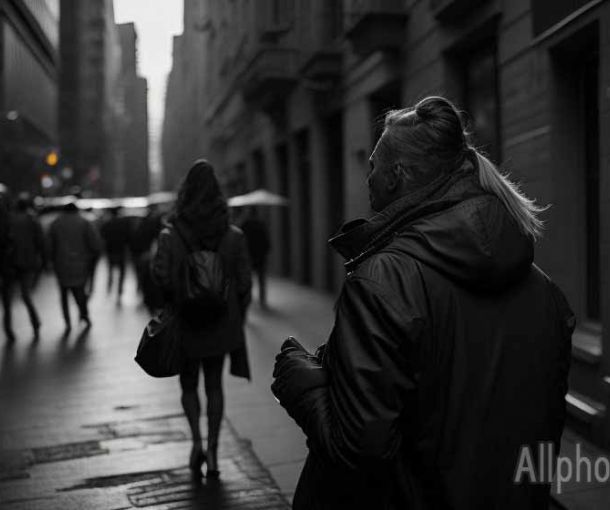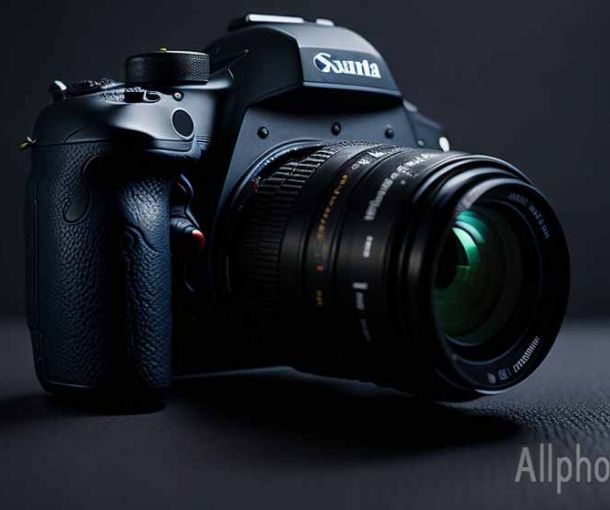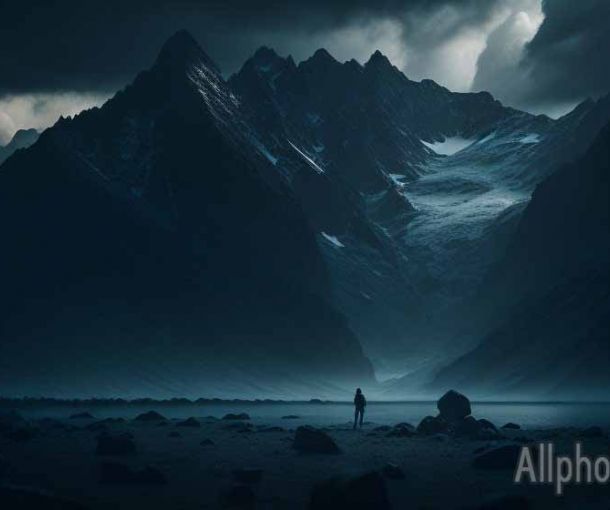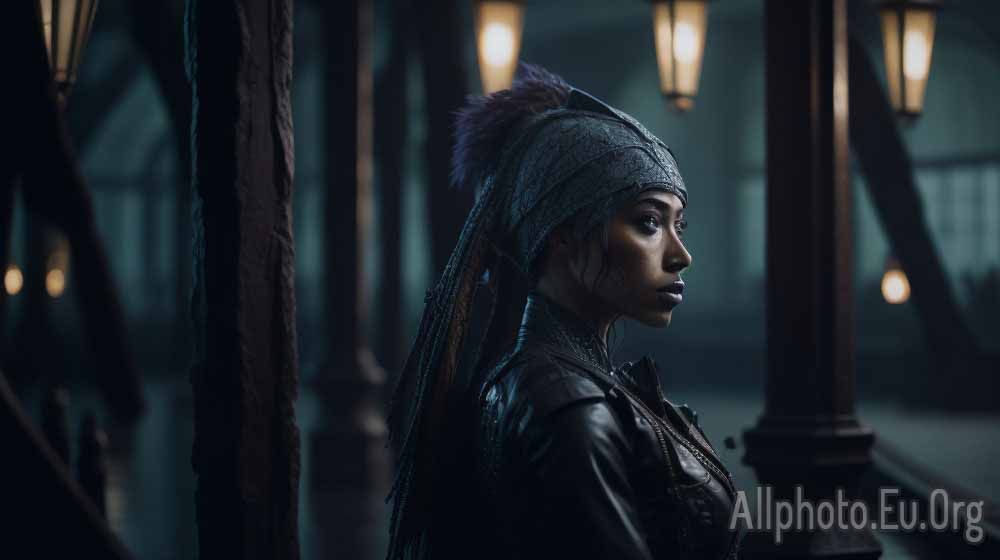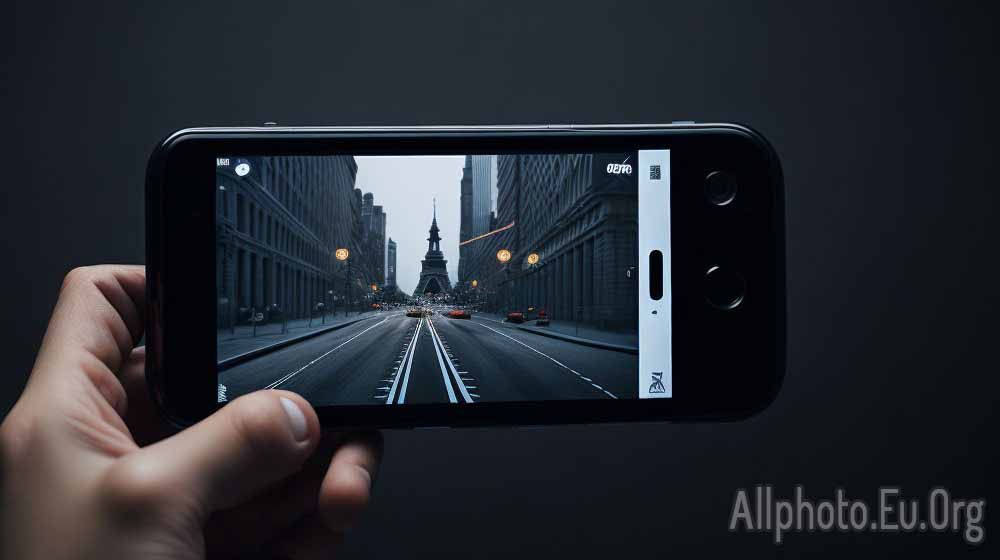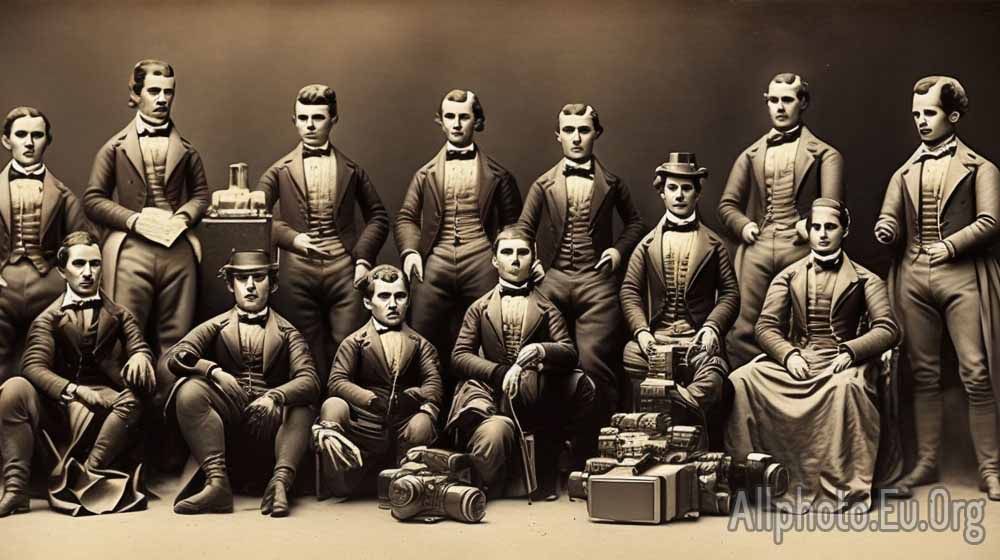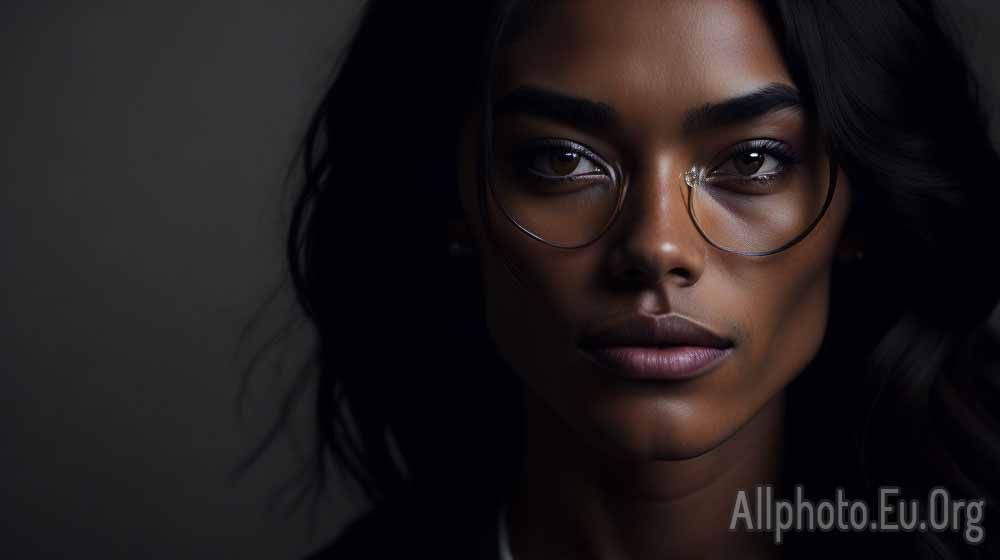Macro Photography: Capturing the Beauty of Small Details
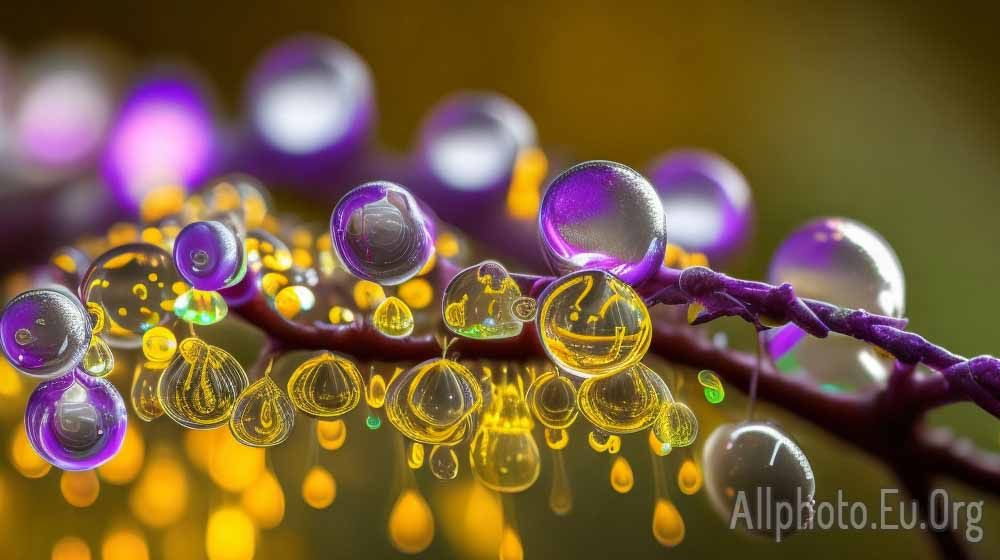
Macro photography is a fascinating and rewarding way to capture the world around us. It allows us to see the beauty in the smallest details of our surroundings, revealing a whole new perspective on the world we live in. Whether you are a professional photographer or just starting out, macro photography can be a great way to explore your creative side and produce stunning images.
In this article, we will explore the art of macro photography, how to get started, and the equipment you need to produce high-quality images. We will also discuss the techniques and tips to help you get the most out of your macro photography and create images that are both beautiful and impactful.
What is Macro Photography?
Macro photography is a type of photography that involves taking extreme close-up photographs of small objects, often capturing details that are not visible to the naked eye. Macro photography is commonly used to photograph insects, flowers, and other small objects.
One of the defining characteristics of macro photography is the use of a macro lens, which is specifically designed to allow you to focus on objects that are very close to the lens. These lenses often have a high magnification ratio, allowing you to capture the fine details of your subject.
Getting Started with Macro Photography
If you are interested in macro photography, the first thing you need to do is invest in a macro lens. There are a variety of macro lenses available on the market, ranging from inexpensive options to more high-end professional lenses.
In addition to a macro lens, you will also need a camera that allows you to control the aperture, shutter speed, and ISO settings manually. This will give you more control over your exposure and allow you to create the desired depth of field for your images.
Once you have your equipment, it's time to start experimenting with different subjects and lighting conditions. Macro photography is all about exploring the small details of the world around us, so try looking for interesting textures, patterns, and shapes in your surroundings.
Tips for Macro Photography
- Use a tripod: When shooting macro photography, even the slightest movement can cause blur in your images. Using a tripod can help stabilize your camera and ensure that your images are sharp and in focus.
- Get down to the same level as your subject: When photographing small objects, it's important to get down to their level to create a more intimate and engaging image. This can also help you capture the subject in a more natural way, rather than from a top-down perspective.
- Experiment with different lighting conditions: Macro photography can be particularly challenging when it comes to lighting. Try experimenting with different lighting conditions, including natural light, artificial light, and even using a reflector or diffuser to soften harsh light.
- Focus on the eyes: When photographing insects or other small creatures, focus on their eyes to create a more engaging and impactful image. This will help draw the viewer's attention to the subject and create a stronger emotional connection.
- Use a shallow depth of field: One of the defining characteristics of macro photography is the use of a shallow depth of field to isolate the subject from the background. This can help create a more dramatic and engaging image, while also emphasizing the small details of your subject.
- Use manual focus: When shooting macro photography, auto-focus can struggle to find and lock onto the correct focus point. To ensure the focus is exactly where you want it, use manual focus to fine-tune your focus and get the sharpest image possible.
- Look for interesting compositions: Macro photography can create unique and interesting compositions due to the small size of the subject. Experiment with different angles, perspectives, and compositions to create visually appealing images that showcase the small details of your subject.
- Practice patience: Macro photography can require a lot of patience, as you may need to wait for the perfect lighting conditions or for your subject to stay still. Take your time and don't rush the process, as patience can often lead to the most stunning images.
- Experiment with different backgrounds: The background of your image can greatly impact the final result. Try using different backgrounds, such as leaves, rocks, or even a piece of fabric, to create a unique and visually appealing image.
- Don't be afraid to get creative: Macro photography is all about exploring and experimenting with the small details of our surroundings. Don't be afraid to get creative and try new things, whether it's using a different lens, lighting setup, or subject matter.
Conclusion
Macro photography is a rewarding and challenging way to explore the world around us. With the right equipment and techniques, you can capture the small details and textures that often go unnoticed in our everyday lives. Whether you are photographing insects, flowers, or other small objects, macro photography offers a unique and beautiful perspective on the world we live in. So grab your camera, invest in a macro lens, and start exploring the beauty of the small details around us.
Tags
Latest Articles
Most Read
All Tags
Subscribe
Donate
Please consider supporting our efforts.
© 2023 All-Photo.Cf All rights reserved.
